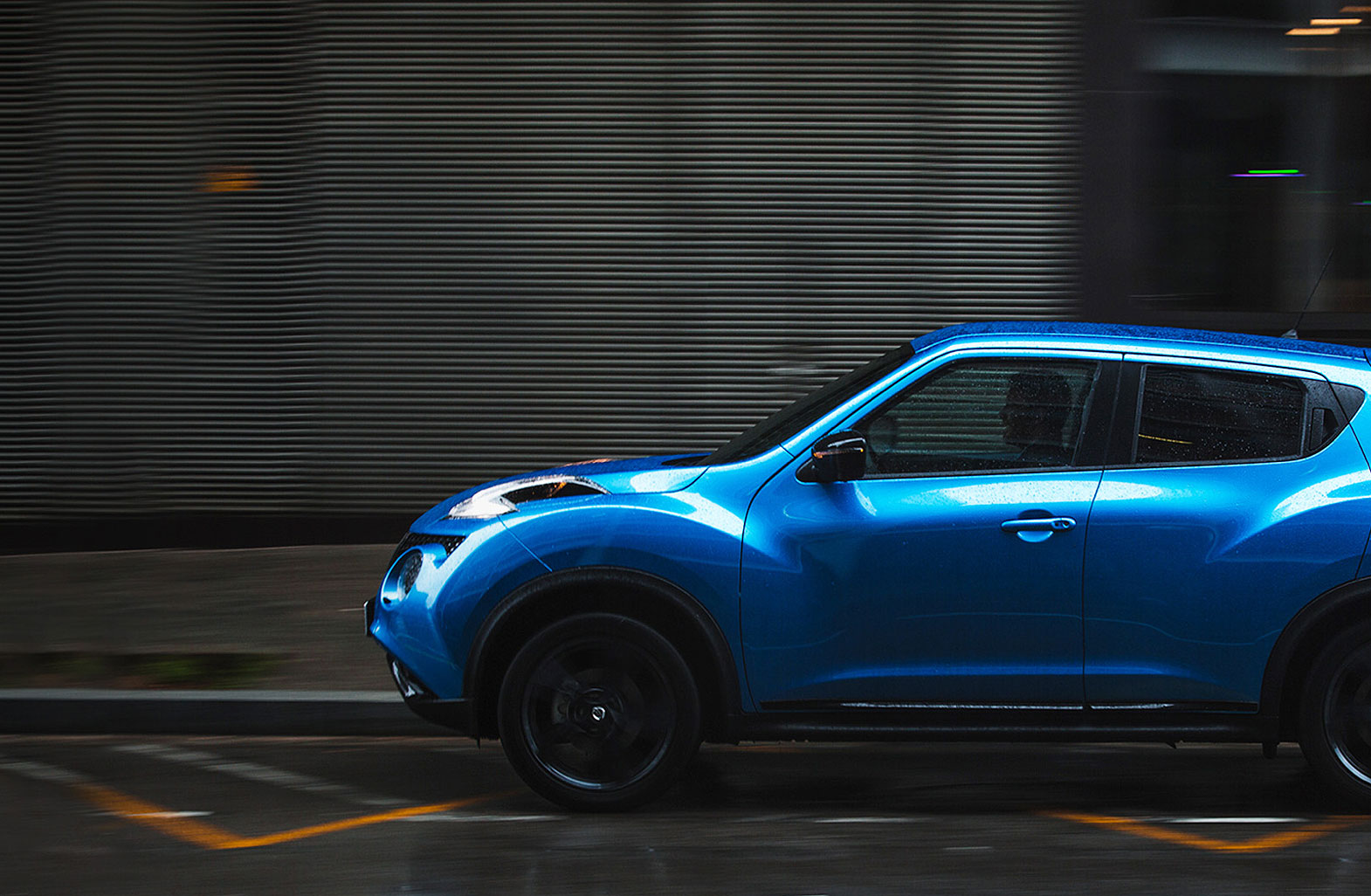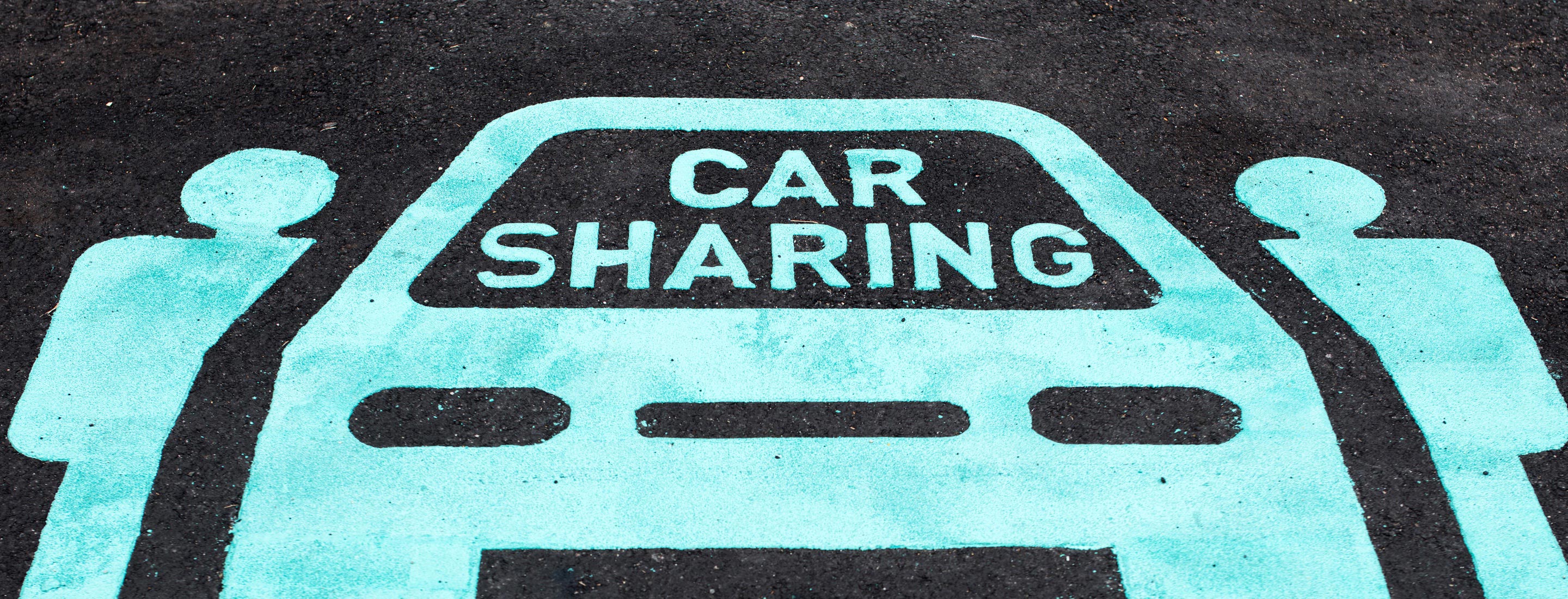Here are several reasons for this sea change—urbanization, digitization and automation to name a few—and understanding them can help OEMs address customer needs in the coming years.
While urbanization continues to take place across cities globally, the need to connect urban and rural areas remains critical for the flow of people, information, goods and services to maintain a healthy economy. While cities have moved to discourage car ownership with initiatives like the UK’s Future of Mobility Grand Challenge, they must simultaneously invest in infrastructure like commuter rails and roads to encourage greater integration and mutually beneficial relationships between urban and rural areas.
In response to a plethora of transportation options, environmental concerns and increasingly limited space in major urban areas, consumers are downsizing their vehicles and choosing to buy inexpensive, smaller, less-equipped cars—if they buy at all. At the same time, the Worldwide Harmonized Light Vehicle Test Procedure (WLTP), which aims to make European fuel economy labels more realistic, is causing OEMs to stop the production of small cars like the Opel Adam, Ford Ka and Volkswagen Up that run on gasoline or diesel engines. To meet WLTP standards, OEMs would have to spend an additional €3500 per car on technology—a cost that would ultimately be passed onto unwilling consumers.
The convenience of living in a city with comprehensive public transportation and flexible mobility solutions like ride-hailing, bike-sharing and electric scooters will expand outward as the former outskirts become more integrated into city life. The restrictions placed on mobility and social distancing guidelines in response to COVID-19 will also further consumer demand for flexible, individual transportation options.




